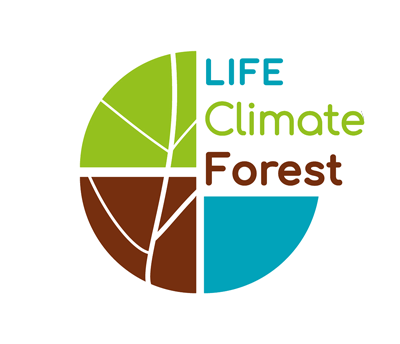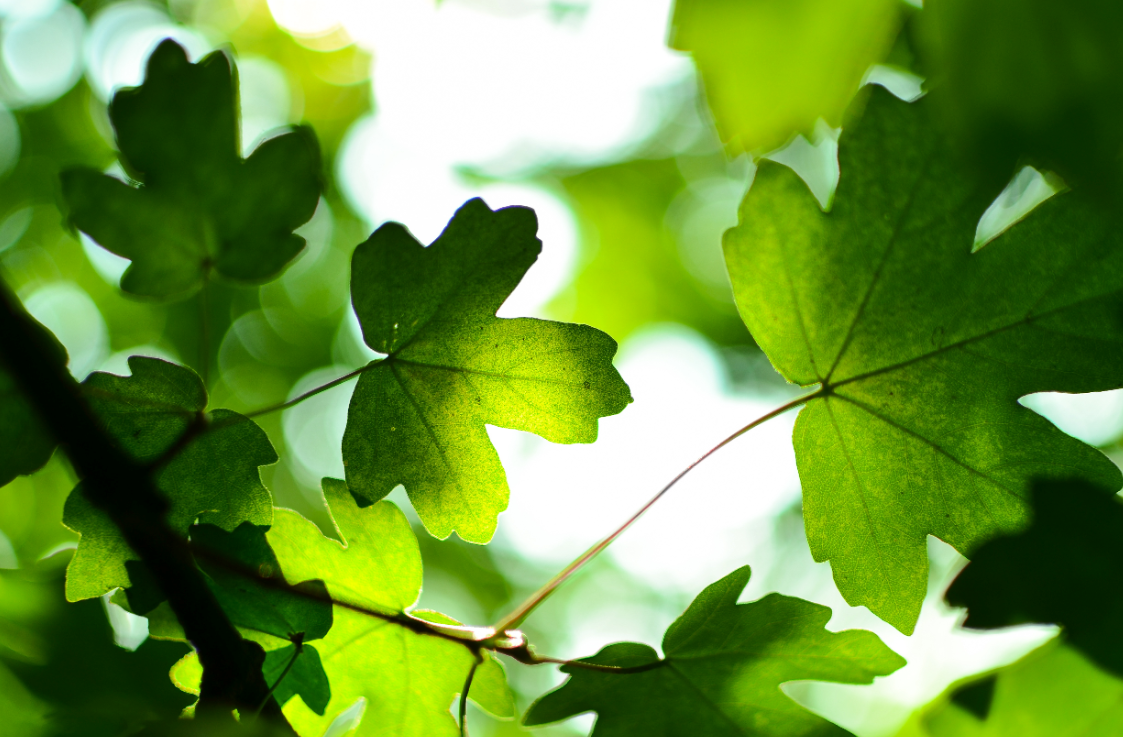Demo forest Gieten-Borger
- Owner: Staatsbosbeheer
- Administrator: Staatsbosbeheer
- Location: Municipality of Aa en Hunze & Borger-Odoorn
- Size: 50.29 ha demo site
- History: heathland forest
- Soil: mainly field podzol
Visiting this demonstration forest?
Forestry Gieten-Borger is freely accessible to visitors between sunrise and sunset. The forest is best reached via Buitencentrum (Outdoor Center) Boomkroonpad, Steenhopenweg 4 in Drouwen. If you park your car here, you can easily walk into the demo site (the green area on the map below).
Click here for the location via Google maps: https://maps.app.goo.gl/VTFtqzuro7tzvtvN7
Do you have any questions about managing or visiting this demo site? If so, please contact Hart van Drenthe management team, hartvandrenthe@staatsbosbeheer.nl


Gieten-Borger forestry
Forestry Gieten-Borger was planted as a heathland clearing forest in the early 1900s. In the 1930s, a significant part of this forest was planted on heathland. In the 1950s and 1960s, parts were added in terms of forestation. A severe storm in 1972 blew down large parts of the forest, as a result, part of the forest was replanted in the 1970s/80s. The forests were established and managed with the objective of timber production, with mixed forest basically being established before 1940. From the 1950s, monocultures were mainly established. Reforestation after 1972 also consisted largely of monocultures. In the last 25 years, mixing has been steered and reforestation has been mixed in design.
Today, the forest is managed as a multifunctional forest. This means that several functions take centre stage alongside each other, namely: nature, recreation and timber harvesting. Cultural history also plays an important role in the forestry, in the form of boulder roads, burial mounds and megalithic tombs. In the middle of the forestry is the Boomkroonpad Outdoor Centre, where you can walk through the crowns of the forest and the Outdoor Centre tells you about the forest and its management.
Close to Buitencentrum Boomkroonpad, more than 50 hectares of Gieten-Borger forestry have been designated as demonstration sites for the LIFE Climate Forest project. This means knowledge exchange between managers and experts takes place here. This demo site is also designated as a forest arboretum, where interesting tree species are monitored and compared in growth, development and other factors. Entirely focused on climate-smart forest management.
The demo site consists mostly of the main tree species Japanese larch (Larix kaempferi), followed by Douglas fir (Pseudotsuga menziesii), Norway spruce (Picea abies) and beech (Fagus sylvatica). Furthermore, about 6% of the area consists of rejuvenation areas. These rejuvenation areas have been created by Norway spruce dying and targeted rejuvenation felling, particularly in 2015.


Measures
- Based on the elevation map, the existing thinning paths retrieved and mapped. For this demo site, the ambition was to lay the thinning paths at 30-40m intervals as much as possible to avoid unnecessary soil compaction. As a result, several old thinning paths were dropped and it was sometimes necessary to designate new paths. The new thinning paths were recorded using GPS.
- We have a network of Old, Decaying and Dead trees (OAD) established by designating nature islands and habitat trees. These nature islands and habitat trees are spared during forest management operations.
- It bleached with the methodology of the Bostracken. All future trees, option trees, experience trees and quality trees (QD) were identified, both in the first and second tree layer. This was recorded directly via GPS, with any measures such as pruning also mentioned. The trees to be felled were then marked for clearance of the future trees and the target diameters to be harvested were marked.
- The field determined the promising spots for replanted. This can be in the form of clubbing or group sessions.
- In the winter of 2024-2025, timber harvest place according to marked trees to be felled.
- In spring 2025, the remaining measures will be implemented, such as the pruning up (potential) quality trees, the purge of rejuvenation and the replanting of new trees.
Introduction of new tree species
When replanting new trees, a proportion of known tree species will be replanted, but the main focus will be on introducing new and lesser-known tree species. These tree species have been well researched and should be able to thrive in the forest with current climate change. Also, many of these species contribute to improving litter digestion and thus counteracting acidification. And some of these species contribute to the wood production function, which is very important in Gieten-Borger forestry.



